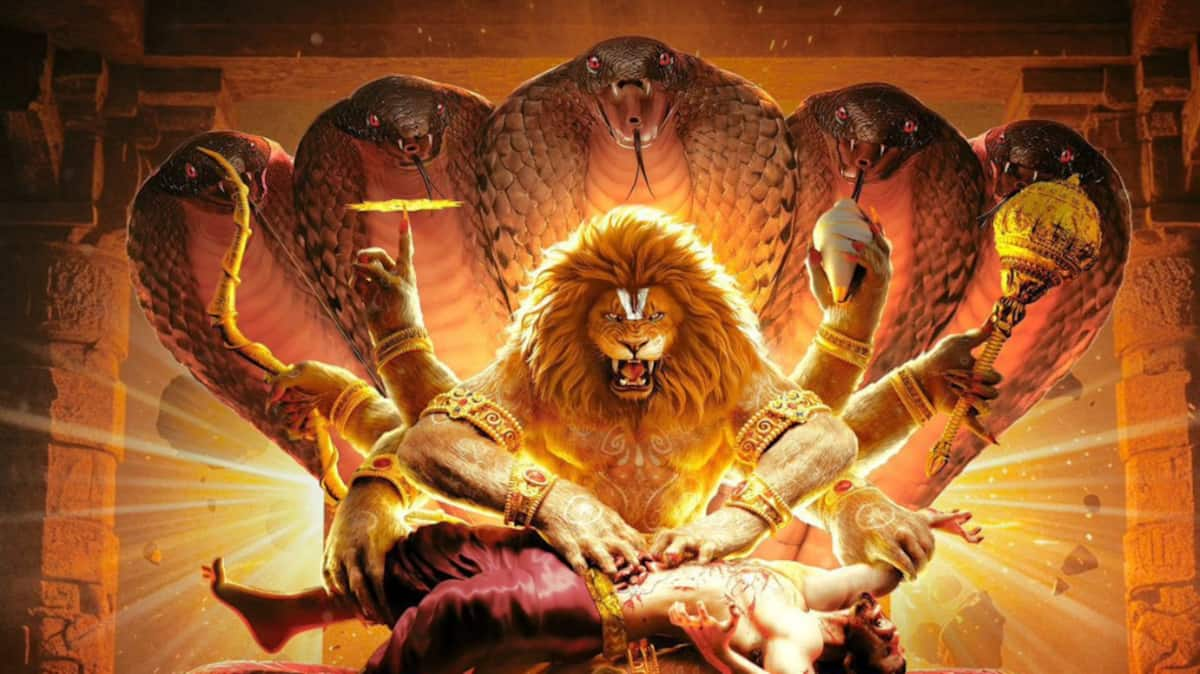Mahavatar Narsimha: The Divine Battle of Good and Evil
The Rise of Darkness
Mahavatar Narsimha begins with the rise of the demon king Hiranyakashyap, who, intoxicated by power, declares himself a god and seeks to challenge Vishnu. His tyranny spreads fear and oppression, creating tension across the land. Yet amidst this darkness, his son Prahlad remains devoted to Vishnu, demonstrating unwavering faith despite constant threats and punishments. The animation captures the stark contrast between arrogance and devotion, setting the stage for an epic showdown.
 Devotion Amidst Adversity
Devotion Amidst Adversity
Prahlad’s unwavering devotion becomes the heart of the narrative. Despite his father’s cruelty and attempts to suppress his faith, Prahlad embodies the virtues of courage, piety, and resilience. The film highlights how devotion can remain steadfast even in the face of immense danger. His faith inspires hope and stands as a beacon of righteousness, emphasizing that true spiritual strength lies in steadfast belief rather than worldly power.
The Avatar Emerges
As Hiranyakashyap’s tyranny intensifies, Vishnu manifests in his Narsimha avatar—a being with the body of a man and the strength of a lion. The animation vividly portrays this divine transformation, showcasing dynamic battle sequences filled with awe-inspiring visuals and symbolic elements. Narsimha’s appearance embodies cosmic justice, balancing power and righteousness, and delivering a powerful message about the triumph of good over evil.
Restoration of Balance
The climax depicts the decisive confrontation where Narsimha defeats Hiranyakashyap, restoring harmony and justice to the universe. Prahlad’s devotion is vindicated, and the forces of tyranny are subdued. Mahavatar Narsimha emphasizes moral and spiritual lessons, illustrating how faith, courage, and divine intervention work together to uphold dharma. The film concludes with a celebration of devotion, justice, and cosmic balance, leaving viewers inspired by the enduring message of righteousness.


